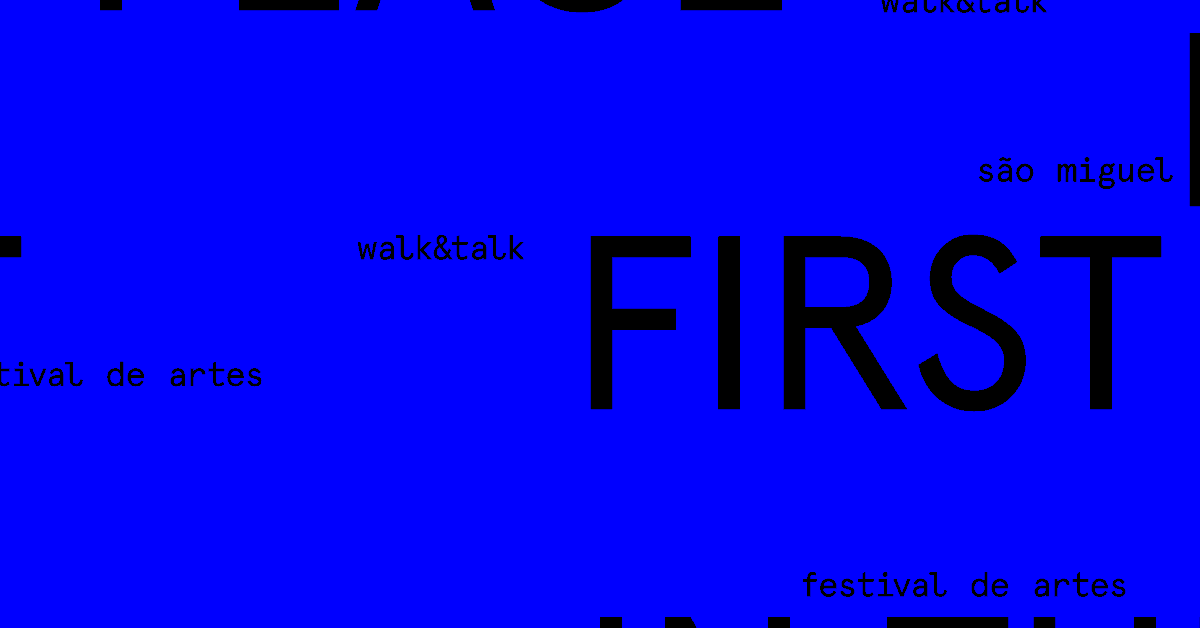
With summer on the door step nothing better than a hat to refresh the ideas.
The origin of the hat is intricately linked to the need to cover and hold the hair, hence the origin of its name in Latin, "Cappa" or "capucco". The first models come 4000 years ago a.c., in ancient Egypt, Babylon and Greece and were no more than a band of tissue attached to the head. Currently this narrow strip is placed around the crown of the present hats, ribbon or bandana, which is a remnant of this first prototype. The first effectively used hat was the "petasos" around the year 2000 a.c. It was a hat equipped with low and wide-brimmed cup that the Greeks were using in their travels as a form of protection. It was a practical, adjustable types and can be removed easily, having persisted in Europe throughout the Middle Ages.
The curious fact about the history of this fashion accessory is that the primal hat came only by the need to cover the head, over the centuries has been determined in its various forms and sizes as a matter of social status, the clergy and the nobility used it to distinguish itself from other classes and as a sign of their wealth.
Regarding the evolution of female models these arise from the imposition of the clergy, it was necessary to cover the head and the hair out of modesty and respect, according to the book the story of the hat, "the simplest shelter consisted of a piece of linen, fallen on the shoulders or below them. The bridal veils and headdresses of Spanish are survival of the fashion of that time. In the thirteenth century, it is wont to hold this veil, two tracks, one on the chin and another on the forehead, similar to the habit of the nuns still retain. At the end of the Middle Ages it was customary for women to put a wire frame with heart shapes, butterfly, etc. under the piece of cloth making them extravagant. His hair was slicked back, hidden, and it grew on his forehead were shaved so that the hat was the main attraction. In 1500 one begins to use hoods adorned with jewels and embroidery. Many other types emerged by the end of the eighteenth century, when it appeared the first cloakroom, shops where they sell hats that used in its hats materials such as straw, felt, fabric, varied and elaborate decorations to combine with hairstyles highly sophisticated of the time. "
The hatters become so one of the most important crafts over the centuries, which reaches one of its peaks in Edward VII period of England, Queen Victoria son, when the so-called Flamboyant hats arise because of the use of birds and their feathers as adornments. "By using use a type of poisonous chemical, mercury base, to treat and preserve the brightness of the feathers of birds used by the ladies of the court of the Edwardian era these professionals were contaminated by heavy metals that were attacking their central nervous system. The toxicity of this chemical was such that many artisans had symptoms of severe damage to the central nervous system, such as St. Victor dance syndrome characterized by continuous involuntary movements of the muscles of the face and extremities, reaching seizures " quoting the publication . Hence the use of the expression "mad as a hatter" which was enshrined in one the characters of the famous children's story "Alice in Wonderland". With the passage of time hats gain even more notoriety and the industrial era become a more democratic accessory.
Currently, they can be manufactured in various shapes with various materials and designs, but its use fell from daily to punctual, or is only used in important ceremonies, or as a fashion accessory. Interestingly, one of the most popular male models, the famous Panama, is now used by women and continues to be a success worldwide, because not only is synonymous with tropical temperatures, as for its elegant shape and finish, but there are many more designs and materials that extend the range of adornments for the head, just choose and use it.









